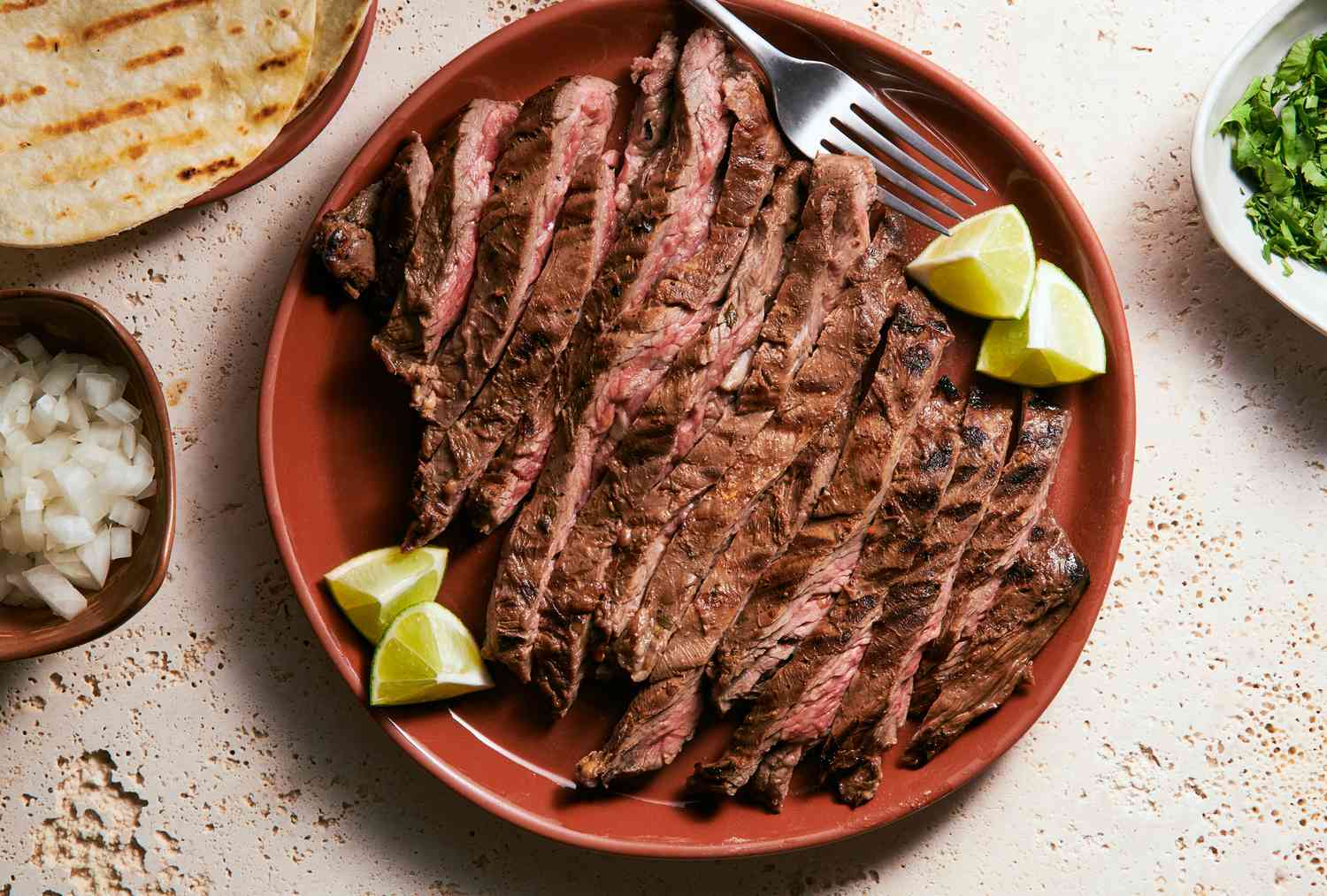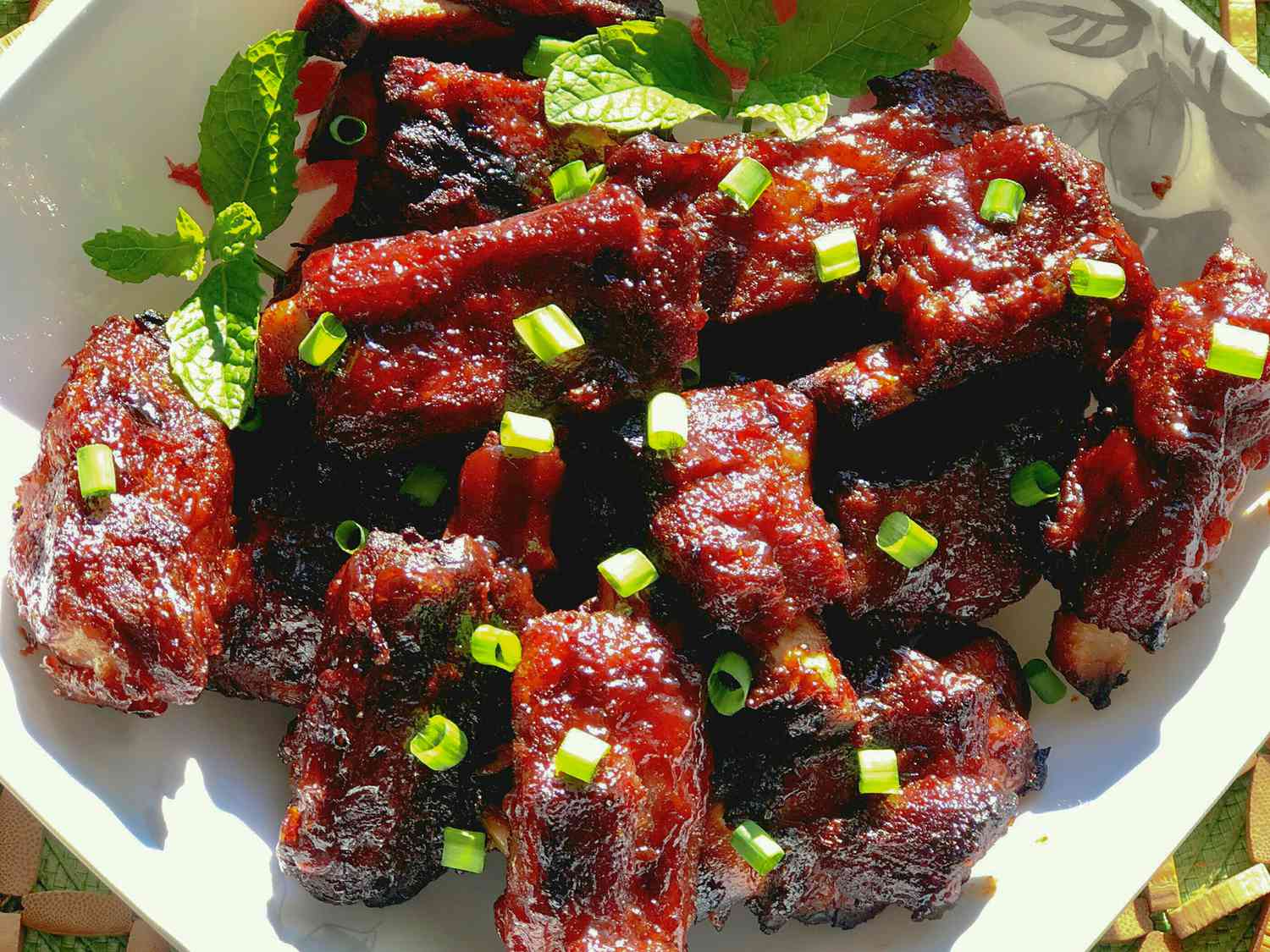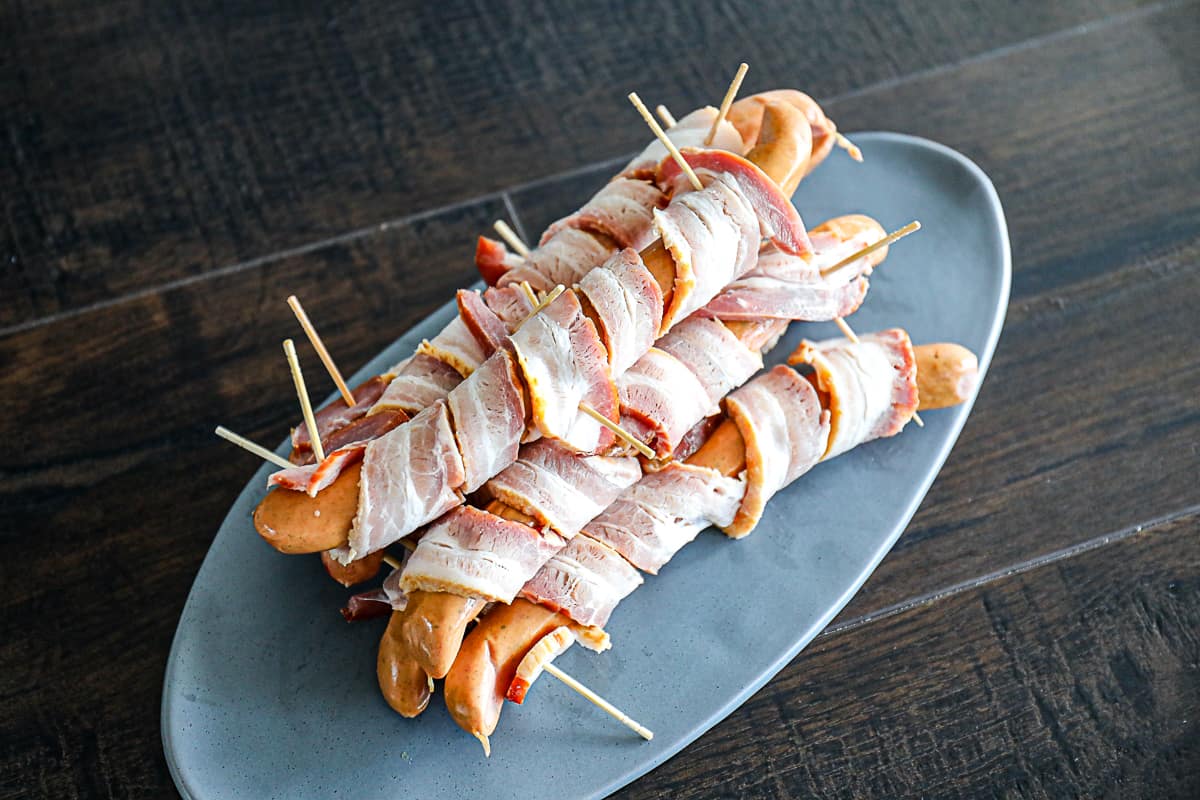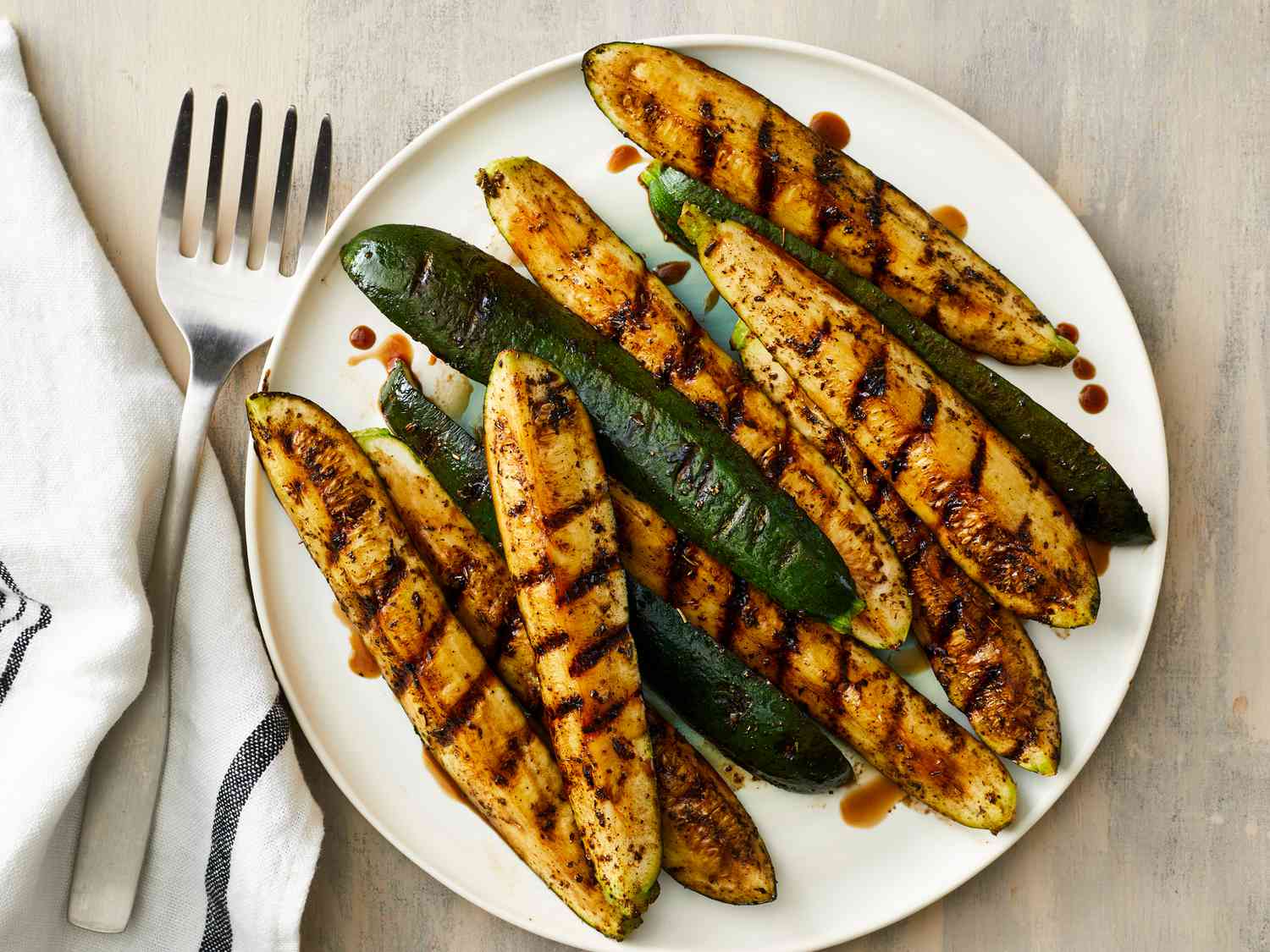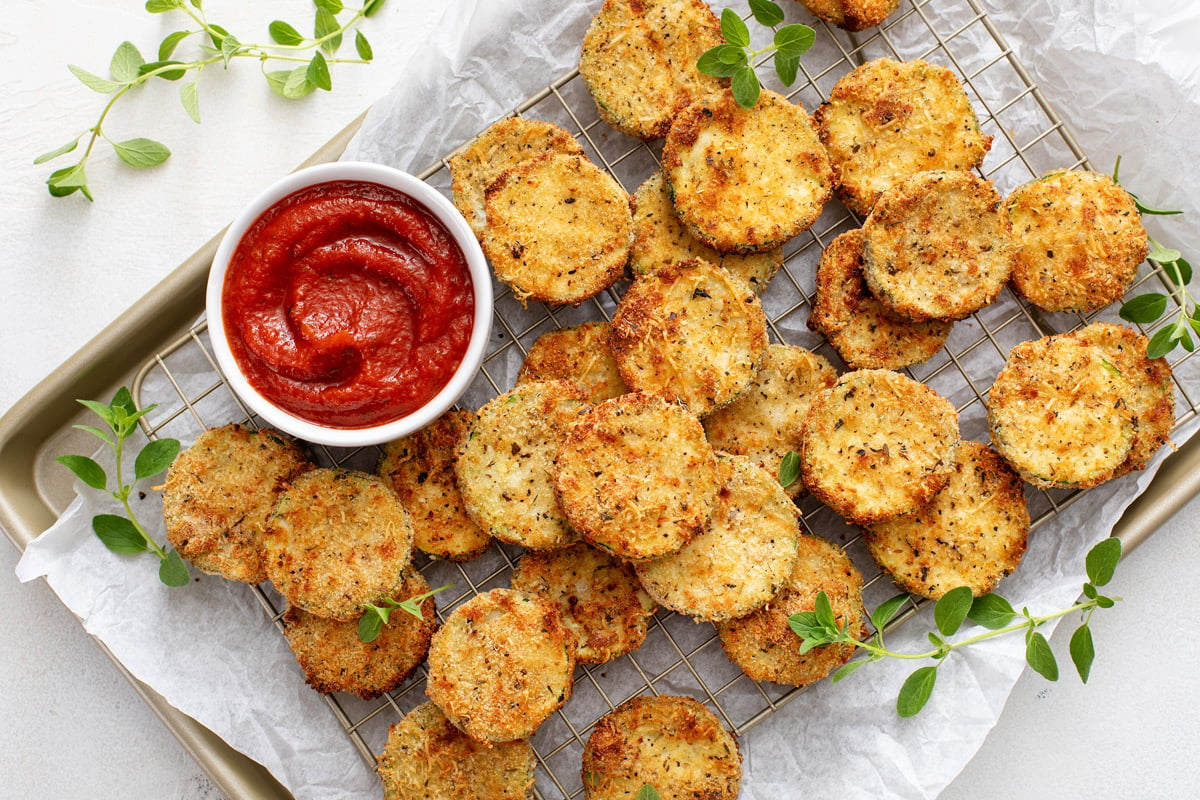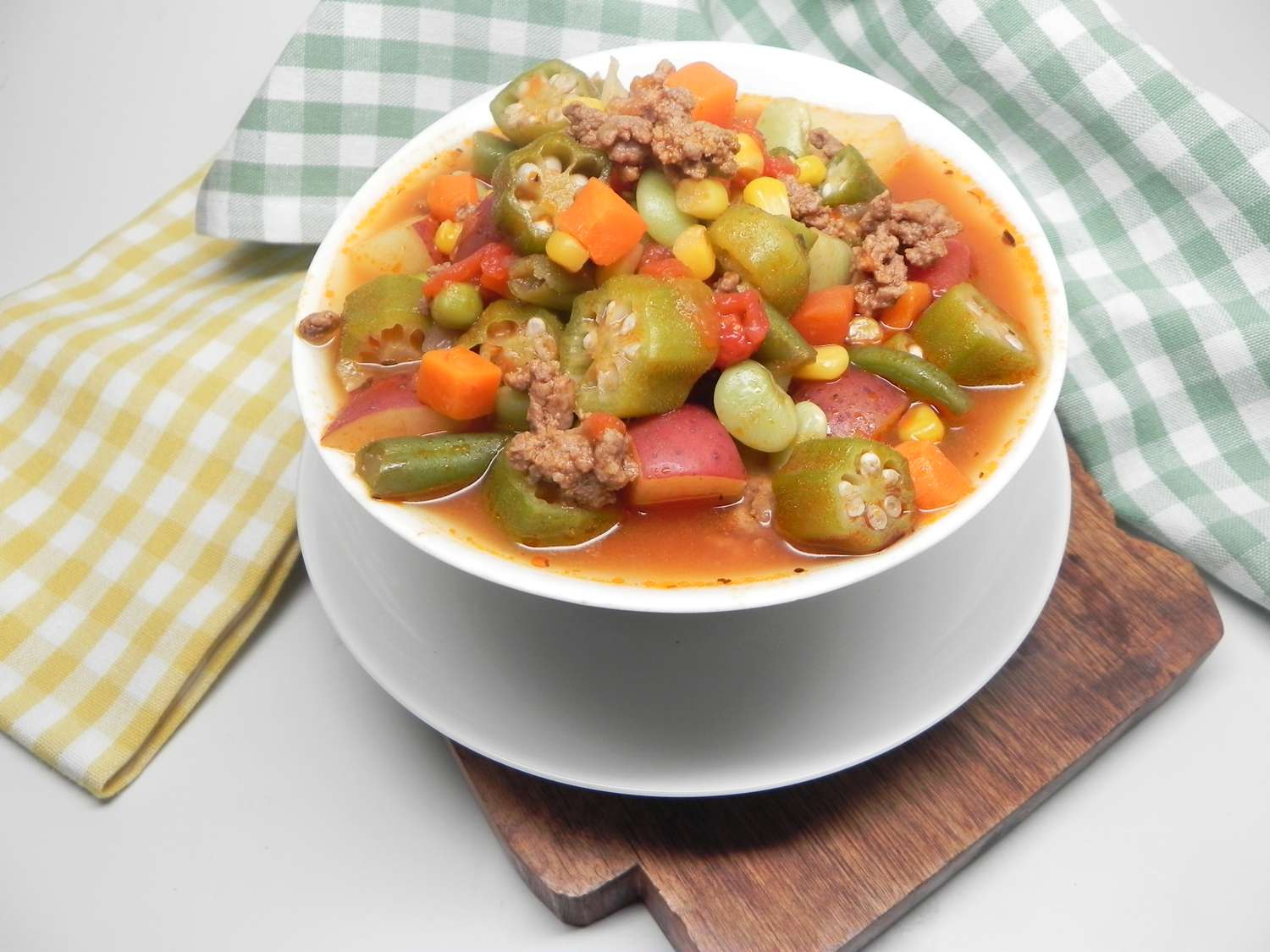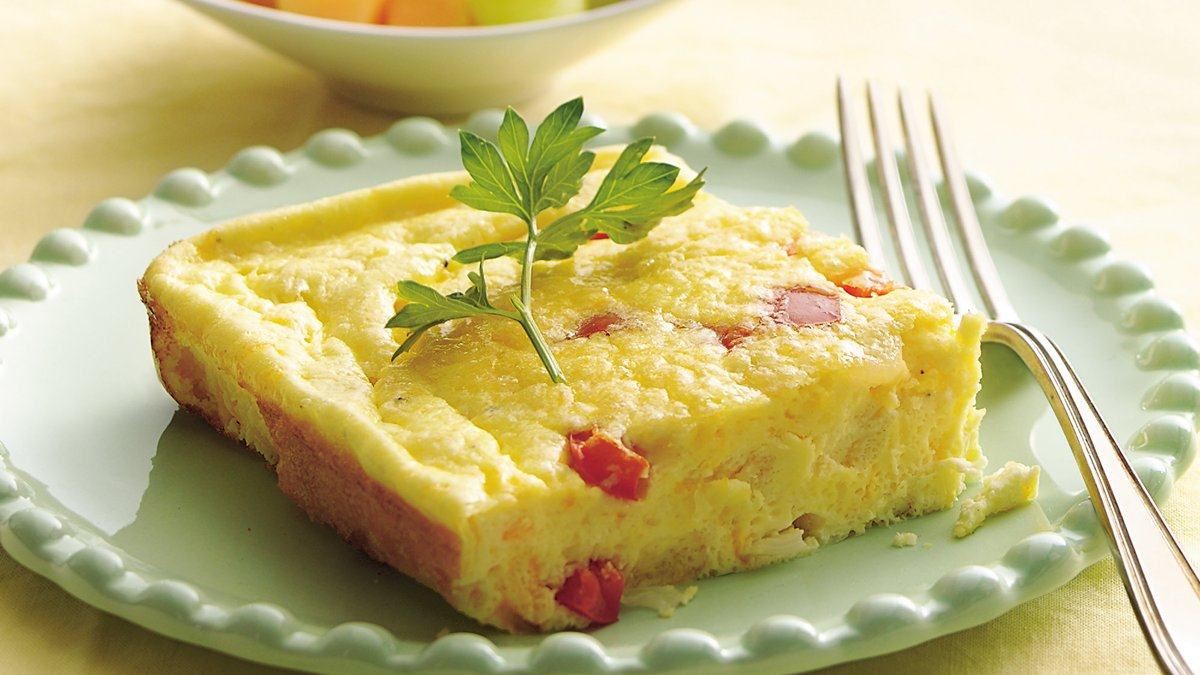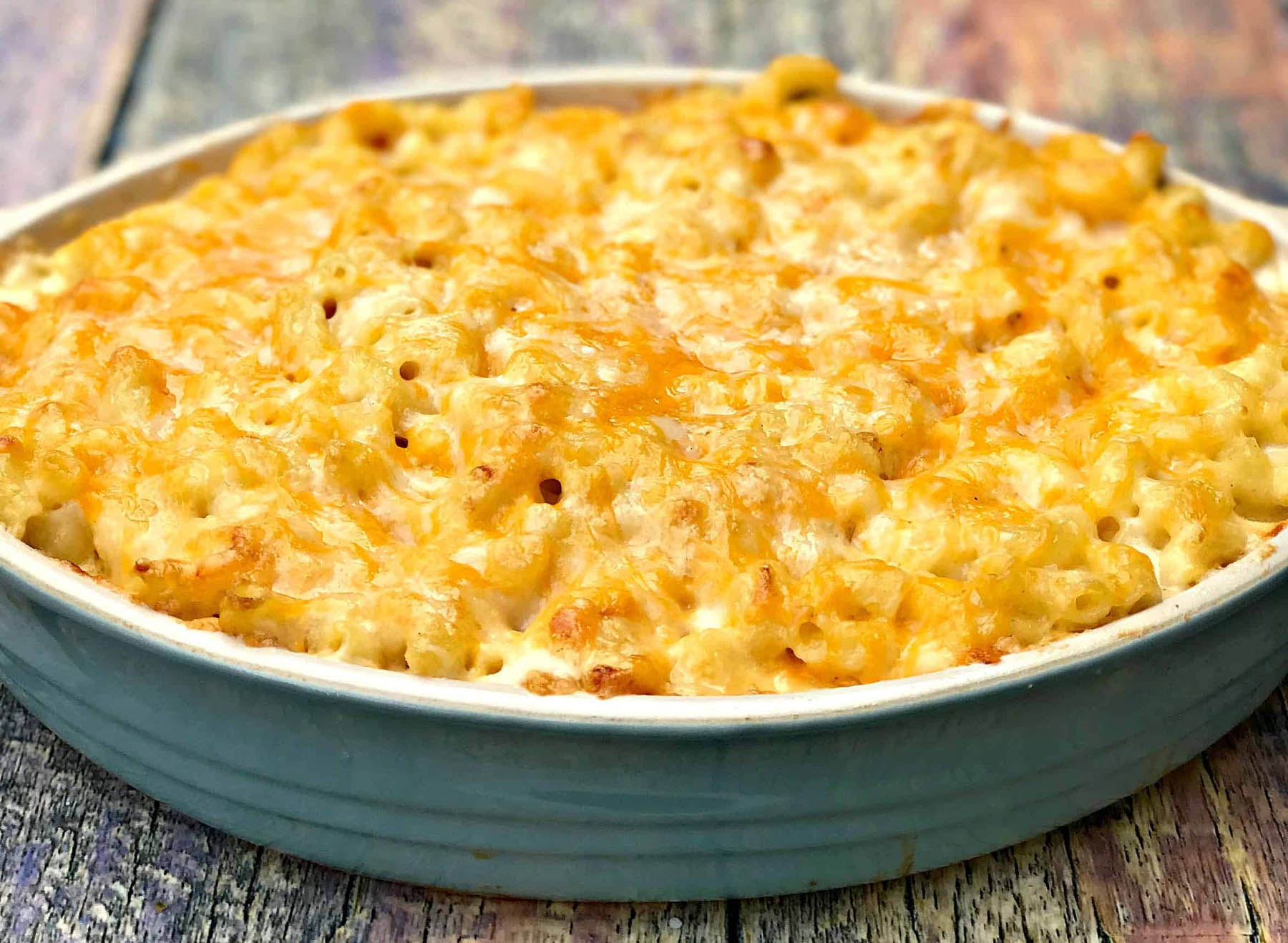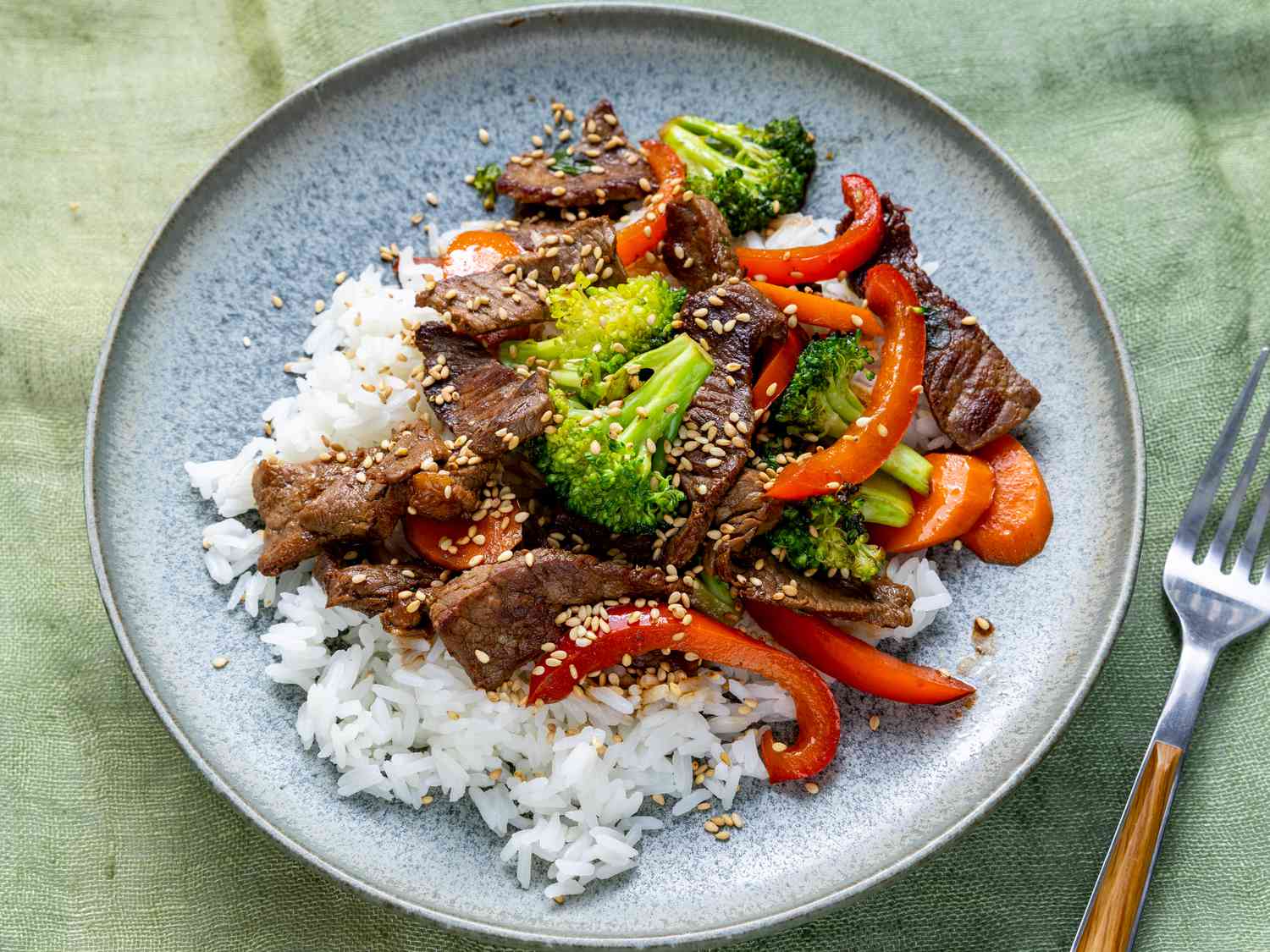Mastering the Art of Rice Paper Spring Rolls
Welcome to the culinary world of rice paper spring rolls! These delicate and delicious rolls are a popular dish in many Asian cuisines, and with our step-by-step guide, you’ll soon be able to create these flavorful treats in the comfort of your own kitchen. Whether you’re a novice in the kitchen or an experienced cook, our foolproof recipe will help you achieve perfectly rolled spring rolls every time.
Ingredients You’ll Need
- Rice paper wrappers
- Protein of your choice (shrimp, chicken, tofu, etc.)
- A variety of fresh vegetables (carrots, cucumbers, bell peppers, lettuce, etc.)
- Fresh herbs (mint, cilantro, Thai basil)
- Rice vermicelli noodles
- Dipping sauce of your choice (peanut sauce, hoisin sauce, etc.)
Step-by-Step Guide
- Prepare all your ingredients by cutting the protein, vegetables, and herbs into thin, manageable strips.
- Soak the rice paper wrappers in water until they become soft and pliable. Follow the instructions on the packaging for the correct soaking time.
- Place the soaked rice paper on a clean, flat surface. Start by adding a few strands of rice vermicelli noodles on the lower third of the wrapper.
- Add a layer of your chosen protein on top of the noodles.
- Next, layer on your fresh vegetables and herbs. Be creative with your choices and remember to add vibrant colors and flavors.
- Gently fold the bottom edge of the rice paper over the filling, and then fold in the sides to seal it. Roll the wrapper tightly, but be careful not to tear it.
- Continue rolling until the entire wrapper is tightly sealed with the filling inside.
- Repeat the process with the remaining ingredients until you have made enough spring rolls to satisfy your craving.
- For extra presentation points, slice the spring rolls in half diagonally before serving. This will showcase the colorful fillings inside.
- Serve your rice paper spring rolls with your favorite dipping sauce on the side. Enjoy the burst of flavors!
Now that you’ve mastered the art of rice paper spring rolls, don’t hesitate to get creative with your fillings and experiment with different flavors. These versatile rolls can be customized to suit your taste preferences and dietary choices, making them a perfect dish for everyone to enjoy.
So gather your ingredients, unleash your culinary skills, and embark on a delightful journey into the world of rice paper spring rolls. Whether it’s a light lunch, a party appetizer, or a flavorful snack, these rolls are sure to impress your friends and family.
Happy rolling and bon appétit!
– Rice paper wrappers
– Proteins like cooked shrimp, chicken, or tofu (optional)
– Fresh vegetables like lettuce, cucumber, carrots, and herbs (such as mint, cilantro, or basil)
– Rice vermicelli noodles (optional)
– Dipping sauce (such as hoisin sauce, peanut sauce, or fish sauce)
– Water for soaking the rice paper wrappers
– Any additional fillings of your choice (e.g., avocado, bell peppers, or mango)
1. Start by placing your desired fillings near the bottom third of the rice paper wrapper.
2. Fold the bottom edge of the rice paper over the fillings, and then fold in the sides to seal them.
3. Carefully roll the rice paper, keeping it tight around the fillings, until you reach the top.
4. Repeat the process with the remaining ingredients.
Remember, don’t overstuff the rolls to make the rolling process easier and to prevent them from breaking or bursting.
Was this page helpful?
Read Next: How To Cook Potato On Stove
